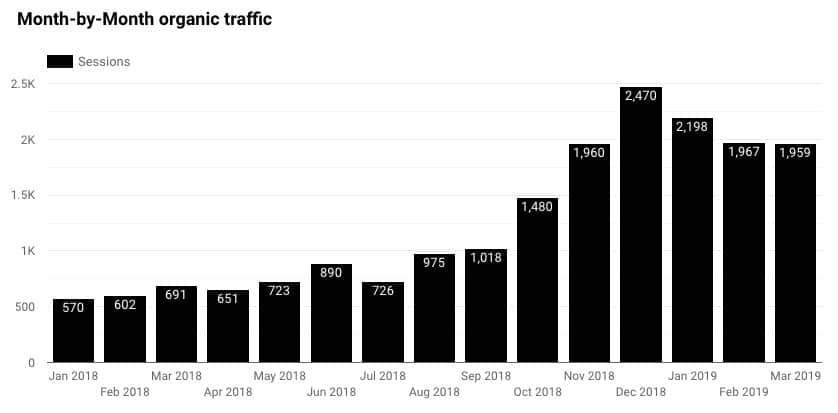Updating your website META data is one of those things most business owners and marketers shrug off and assume the SEO team or the webmaster have under control. But if whomever is in charge of your SEO is also in charge of lots of other things or isn’t primarily and SEO practitioner, they may not be updating your META data, either. And if you are a small business using SEO, well … you’re probably missing some META data.
When I talk about website META data, it generally refers to the code behind your website — HTML code on each page — that tells search engines and browsers about the page in question so they know how to categorize and index it. If you don’t have META data, then Google, Bing, Yahoo and other search engines have to assume what your page and website are about based on scans of the page. It’s not terrible, but it’s imperfect.
If, however, you add code that tells these search engines you page TITLE, gives the page a short DESCRIPTION and even list a few relevant KEYWORDS that relate to the page, they then know more about the page and can index it more accurately. META data can include lots of other components beyond those three, including Open Graph and Twitter Card information which help guide the the image and description of the page that appears when you share a link to it on social networks. But the TITLE and DESCRIPTION are the most important META tag elements.
Here’s how I know:
We recently did an audit of a client’s website and discovered that they used the default page title for their META title and none of their website’s pages (over 500) had META descriptions. Mind you, the website is an informational component for the business, not its primary website and was never intended to win search results. The client built it for a different resource reason and didn’t really care much about search traffic at the time.
So, we took a couple of hours one afternoon to go through add more keyword-friendly titles and descriptions to the main navigation pages for the site. Note that we didn’t update all 400+ pages — just about 20 or so. There was no keyword research, per say. We just wrote descriptions and titles based on what was on the page and what top keyword each page might rank well for.
And here’s what happened:

The sudden growth that begins in October 2018 is because we updated META data on the website. And on only part of it, not all. The client did run a modest paid search campaign in November and December. But the three months in 2019 are all from unaided organic search.
Did the paid search campaign have an effect on organic search? We are certain it did. So we cannot say with 100 percent confidence our META data work was solely responsible for the up-tick. But this chart is only organic search traffic to the site, not paid traffic at all. So our conclusion is that the META updates are largely responsible — if not almost fully so — for the increase in organic traffic to the site.
Now imagine what would happen if we updated the META data on the other 400 or so pages! Or what would happen to your website if you made sure all the META data was there?
Let me know if you make a change and see more evidence. It would be fun to compare notes.

